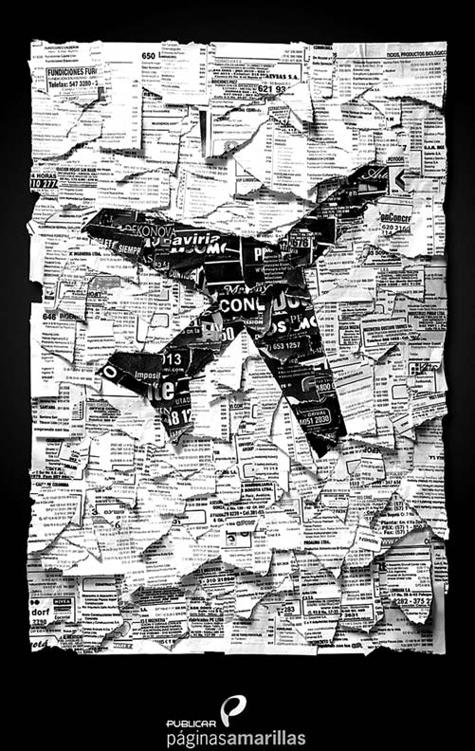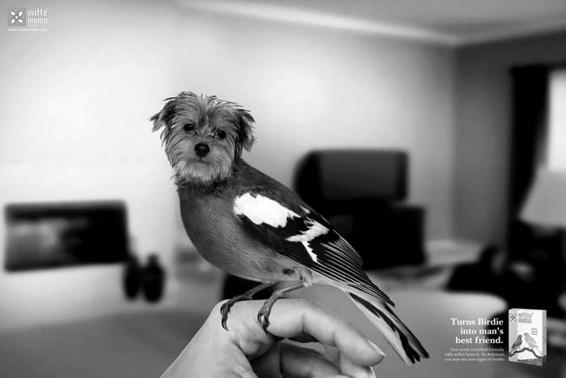The Buying Brain: Secrets for Selling to the Subconscious Mind (41 page)
Read The Buying Brain: Secrets for Selling to the Subconscious Mind Online
Authors: A. K. Pradeep
Tags: #Non-Fiction, #Psychology

Second, as we evolved, developing a
drive to discover new things
led to improvements in everything from finding new food sources to creating new technologies, such as metal weapons to hunt with, steam cylinders to revolutionize manufacturing and transportation, and advanced forms and methods of communication, among many others.
When we find something new that is pleasing, our brains want to highlight and retain that data for future reference. So our brains actually build internal
reward circuits
, new neurological networks that develop in response to information from our senses that represents new experiences. How does this translate into actionable guidance for creating advertising that is more effective?
Almost any way that you can telegraph to the brain that something is new will grab its attention. Attention is the first step toward the ultimate goal of raising awareness, stimulating initial product or service trial, motivating repeat purchase or viewing intent, building brand loyalty, and many of advertising’s other core objectives.
The Pop-Out Phenomenon
Figure 16.2 is a good example of what we call the
“pop-out phenomenon.” The image pretty well explains what that is—your eye, and, therefore, your brain, is immediately drawn to that unusual imagery.
Pop-outs
are one application of the
novelty principle
. They’re a particularly effective one. That’s why you’ll see them used—in bold—throughout this book.
Look for visual and audio ways to incorporate pop-outs into your advertising with the use of color, unique sounds, contrast, and large versus smaller images.
Creative people can find amazing ways to leverage this neurological building block. (We’ve actually compiled a collection of them for our clients.) Pop-outs

P1: OTA/XYZ
P2: ABC
c16
JWBT296-Pradeep
June 9, 2010
17:33
Printer Name: Courier Westford, Westford, MA
The Buying Brain and Advertising
203
Figure 16.2
The brain loves pop-outs
Source:
Photo courtesy of adsoftheworld.com




P1: OTA/XYZ
P2: ABC
c16
JWBT296-Pradeep
June 9, 2010
17:33
Printer Name: Courier Westford, Westford, MA
204
The Buying Brain
can win the brain’s attention, which, as I just stated, is the essential ingredient in the neuromarketing mix.
Here are some of our neurological best practices for using pop-outs:
Pop-outs can appear anywhere in the visual field.
Keep the number to one or two. Any more and you risk having the
brain become fatigued and discarding them all.
Image pop-outs are better in the left visual field.
Semantic and quantitative pop-outs are better in the right visual field.
Error
Why would I advocate something like deliberately incorporating error into your advertising? Because from the brain’s point of view, it’s attractive, engaging, and often irresistible. Aren’t those the attributes that effective advertising strives mightily to achieve?
Figure 16.3 is a good example of what I mean by “error.”
When you just saw that image in Figure 16.3, your brain slammed the brakes on. There’s an obvious, immediate, striking disconnect between what the brain recognizes as a “bird” and what it also recognizes as a “dog.” But the brain knows that there’s no such thing as a “dogbird”—or at least it has never encountered that creature before.
So it is intrigued. There’s something new here! Suddenly it has to allocate additional cognitive resources to that image in its continuing mission to make sense of the world around it.
Now, if we were to ask a focus group or survey participant to comment on the image in Figure 16.3, we might hear words like
weird
or
funny
, or some other adjective reflecting our conscious mind’s struggle to articulate our subconscious reaction.
But the subconscious just finds it fascinating, with no value judgments one way
or the other.

P1: OTA/XYZ
P2: ABC
c16
JWBT296-Pradeep
June 9, 2010
17:33
Printer Name: Courier Westford, Westford, MA
The Buying Brain and Advertising
205
Figure 16.3
Novelty is always compelling to any brain.
Source:
Photo courtesy of adsoftheworld.com So finding
ways to incorporate “error”
into advertising can help your messaging stand out amid the clutter. The moral of this lesson is: When the brain is involved, sometimes a “wrong” does make a “right.”
Ambiguity
Our culture has attached a certain negative connotation to the concept of ambiguity. We think of it (consciously, that is) as something wishy-washy, imprecise, and mildly undesirable. But the brain doesn’t.
In fact, the
brain finds ambiguity downright compelling
in some key respects. And the proof is in Figure 16.4.
The portrait of Mona Lisa has been the subject of more attention over the centuries than any other painting. We’re positively drawn to it. We hypothesize endlessly about “Who is she? What is she thinking? Is she smiling or not?”
Why? What is it about this portrait that commands our attention so completely, across cultures and centuries? Once again, neuroscience offers the answer:
because we can’t readily figure it out.


P1: OTA/XYZ
P2: ABC
c16
JWBT296-Pradeep
June 9, 2010
17:33
Printer Name: Courier Westford, Westford, MA
206
The Buying Brain
Figure 16.4
What is Mona Lisa thinking? The ambiguity grabs us, every time.
Source:
Photo courtesy of WordPress.com Mona Lisa’s expression is perhaps the classic definition of ambiguity. It defies easy explanation and resists simple categorization. We’re hard-pressed to feel as though we have her all scoped out—because even after all these years, we don’t.
The brain loves puzzles.
So what? So, in cluttered messaging environments, using elements that have inherent appeal to the subconscious can help cut through the clutter and attract the brain’s attention.